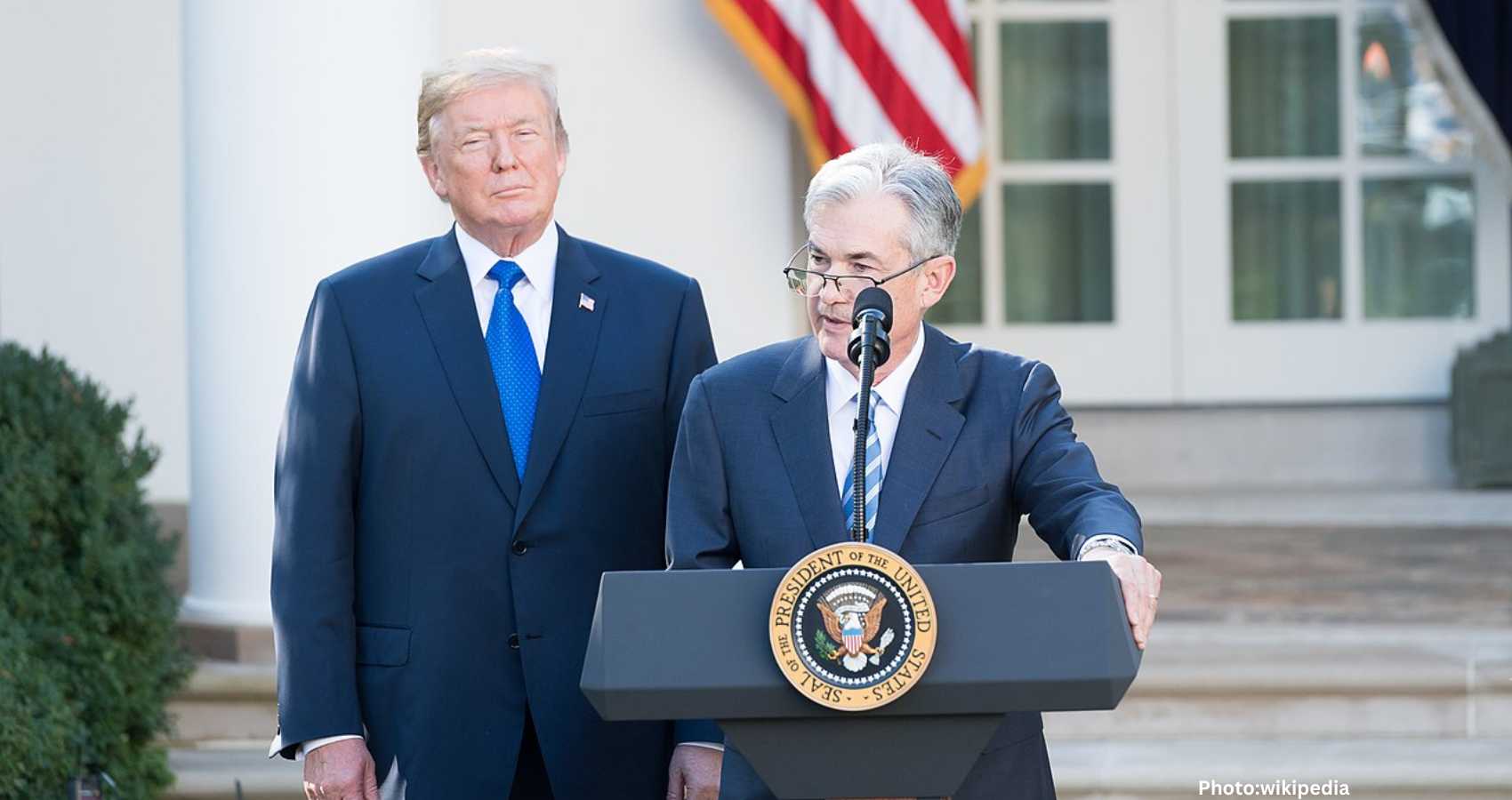Federal Reserve Chair Jerome Powell held interest rates steady, emphasizing a cautious approach to rate cuts amid internal dissent and market expectations for a potential reduction in September.
In a widely expected move, U.S. Federal Reserve Chair Jerome Powell opted not to reduce the base interest rate, maintaining it at 4.25% to 4.5%. This decision comes despite mounting pressure from various quarters, including President Donald Trump, who has been vocal about his preference for a rate cut.
Powell’s remarks during a press conference highlighted a cautious stance on monetary policy. While acknowledging the impact of tariffs on inflation, he stressed the importance of further data before making any adjustments. “Higher tariffs have begun to show through more clearly to prices of some goods, but their overall effects on economic activity and inflation remain to be seen,” he stated. He added that the FOMC is balancing the risks, with the potential for tariff-driven inflationary effects being either short-lived or more persistent.
Some analysts had anticipated a rate cut possibly in September, during the next Federal Open Market Committee (FOMC) meeting. However, Powell’s reluctance to alter rates was seen as a pragmatic response to current economic signals, despite a growing split within the FOMC.
Two members dissented from the decision, marking the highest level of internal friction in over 30 years. Powell contended that the economy is not hindered by the existing policy stance, and any premature rate reduction could necessitate later increases.
According to a note by Bank of America’s macroeconomics team, Powell’s press conference exhibited a more hawkish tone than expected. The team noted that Powell emphasized data dependency for any potential rate cut in September, suggesting that maintaining the current rate helps balance risks to the Fed’s dual mandate.
The financial markets reacted to Powell’s cautious remarks, with equities falling and treasury yields rising post-announcement. UBS’s Paul Donovan pointed out that while Powell attempted to rationalize dissenting views within the FOMC, the market may perceive these disagreements as politically motivated, particularly given the administration’s stance.
Despite diminished confidence following Powell’s speech, some analysts remain hopeful for a rate cut by September. Powell did mention attentiveness to employment-related risks, which offers some grounds for optimism.
Goldman Sachs’ chief U.S. economist, David Mericle, noted the absence of direct hints regarding a September reduction from Powell’s briefing. Nonetheless, Goldman continues to project multiple cuts in 2025, foreseeing rates eventually lowering to 3% to 3.25% by the end of 2026.
UBS Global Wealth Management’s Chief Investment Officer, Mark Haefele, echoed these sentiments, particularly due to labor market indicators such as the Job Openings and Labor Turnover Survey (JOLTS), which showed declines in job openings, hires, and a decreasing quits rate. The Conference Board’s consumer confidence survey also indicated a rise in individuals perceiving jobs to be scarce, signaling potential labor market softening.
Haefele remains optimistic about a September rate cut, suggesting investors focus on medium-duration high-grade bonds for stable portfolio income. Despite Powell’s cautious stance, the possibility of a rate cut remains a subject of debate leading up to the FOMC’s September meeting.

